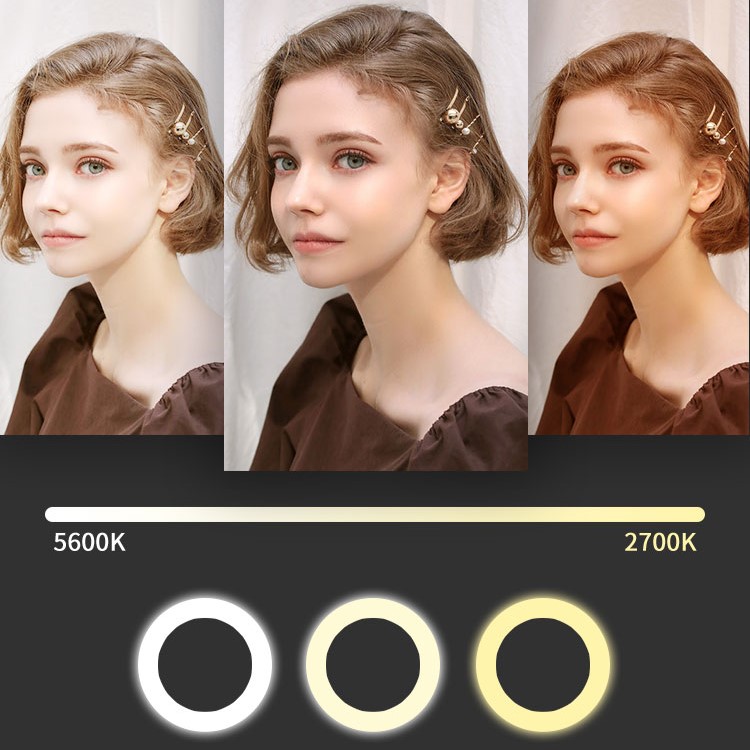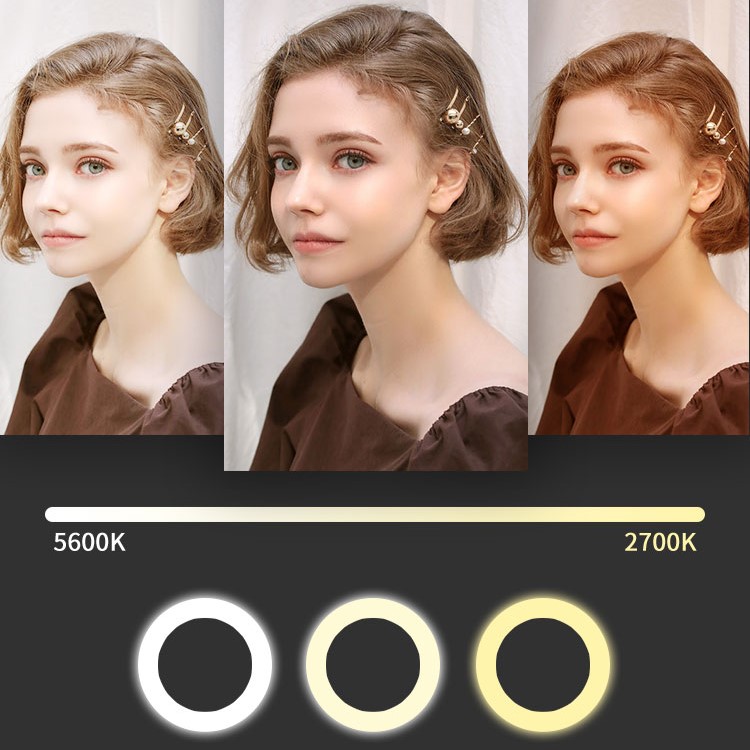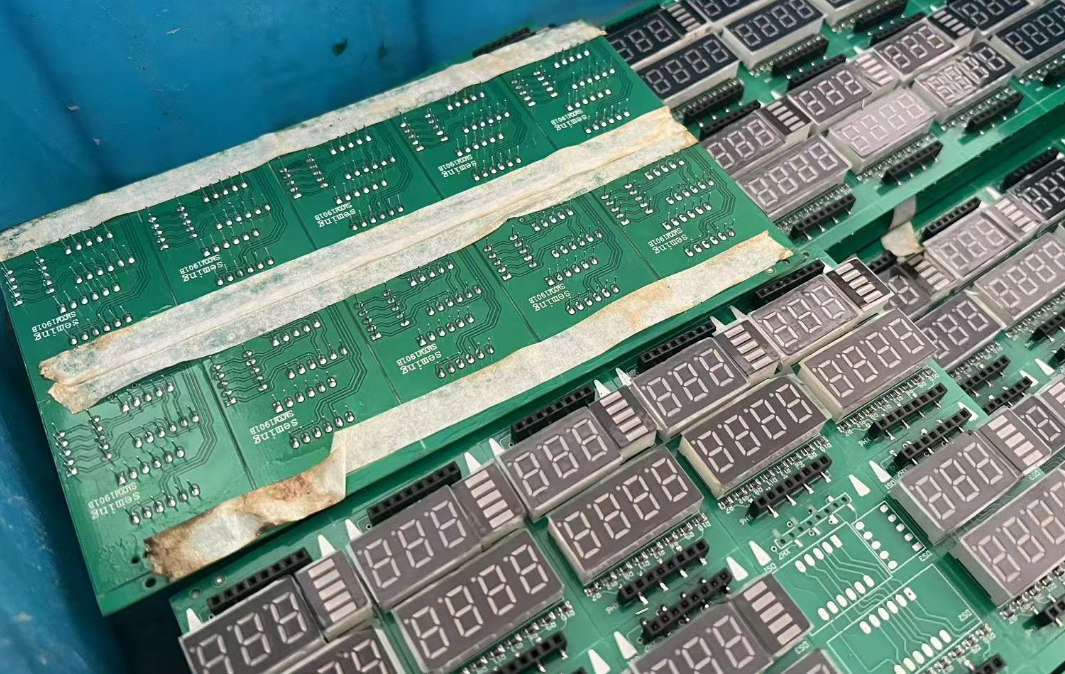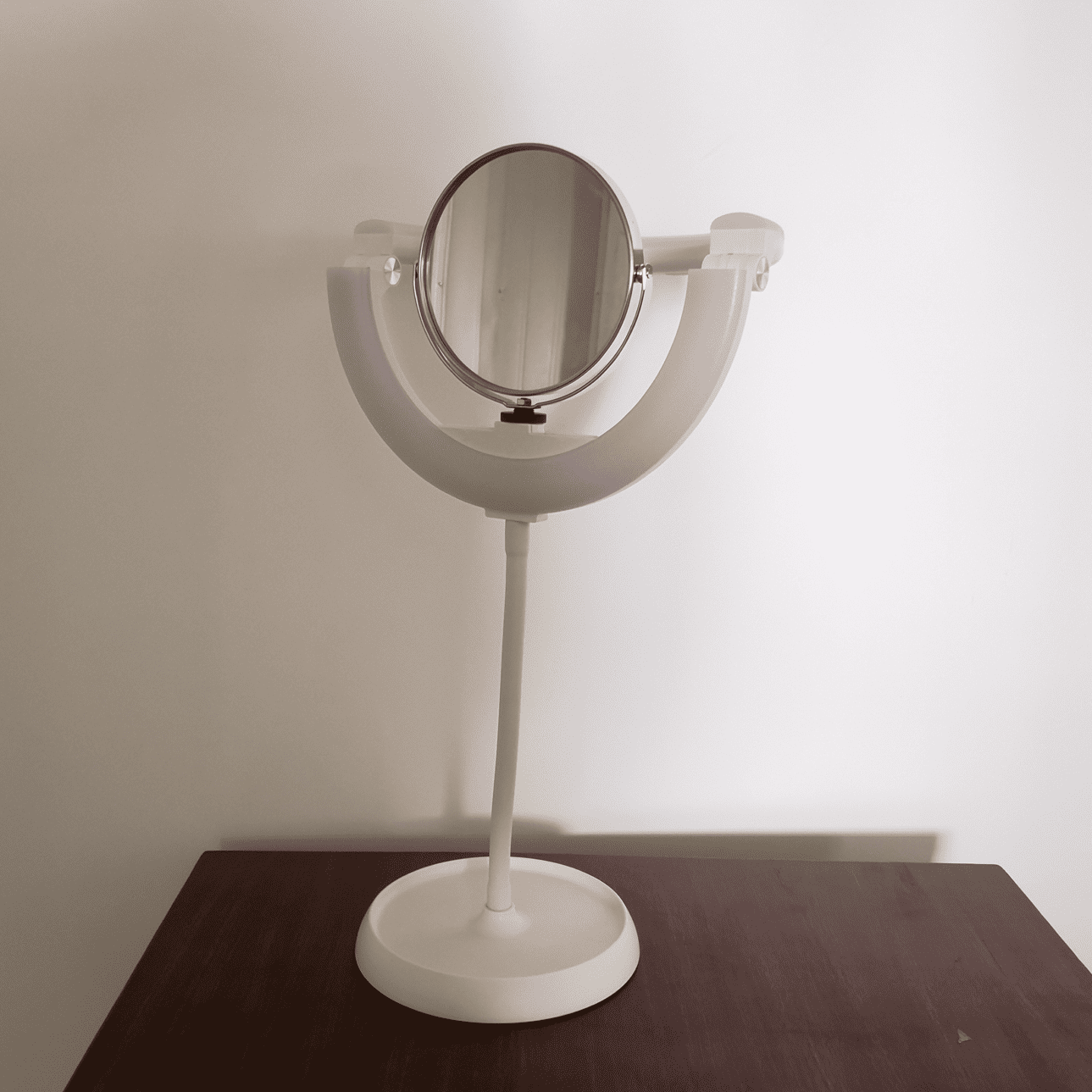LED Grow Lights vs HPS Grow Lights
HPS grow lights are another of the popular grow lighting systems that are currently used for indoor grows. HPS stands for High Pressure Sodium and these are lights that produce mostly yellow wavelength light and are much cheaper than many other grow lights such as LED Lights or T5 Grow Lights. There are plenty of problems with HPS grow lighting set ups, though.
HPS grow lighting systems are more efficient than lighting systems in the past, but they are still not the best. Using a combination of gases, a current is sent through and charges an arc tube made of aluminum oxide. That arc will create the light that is incredibly bright and incredibly powerful, but they do have setbacks that can cause problems for most growers.

HPS grow lights unfortunately produce a large amount of heat and they require a lot of power to run effectively. They can be great when under control, and don’t require a lot of up-front money, but they can quickly cause problems as time goes on. The yellow light that they produce also isn’t very effective in either vegetative or flowering stages.

HPS grow lights also have the problem of being responsible for a large amount of CO2 emissions. With more and more people being conscious of their impact on the environment, this is an important factor that plays a large role in deciding which products to purchase. These lights will also have to be disposed of in a secure way, since they have mercury inside of them and can potentially be problematic for the environment, even after they are no longer running as part of a grow operation.

In comparison, LED grow lighting has the ability to not only eliminate the wasteful yellow light, but make use of more effective wavelengths that actually provide benefits to your plants. They also don’t have the energy problem that HPS grow lighting systems have, making them cheaper. They certainly cost much more than HPS grow lights at the start, but the savings over time can make a huge difference in your bottom line as you go from harvest to harvest.







